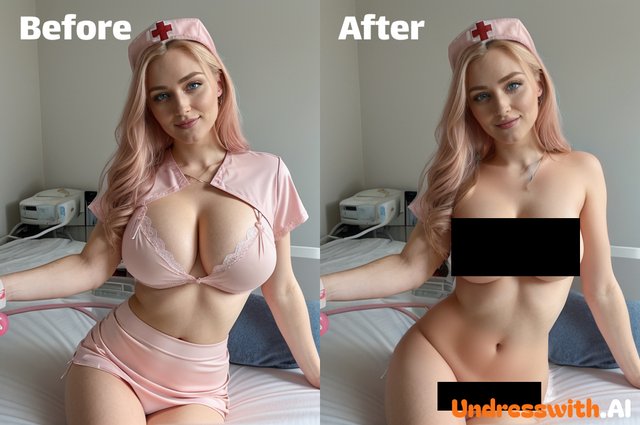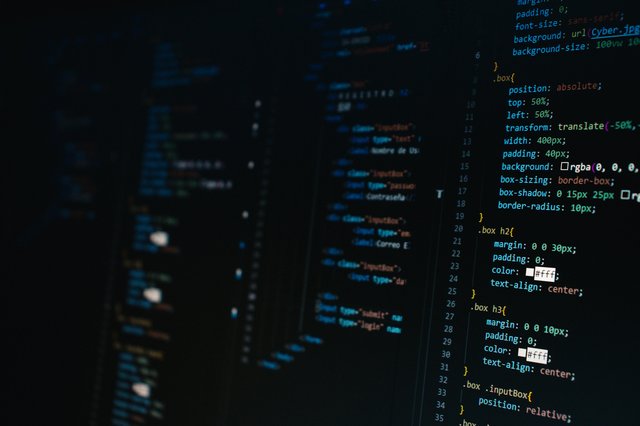Exploring DeepNude AI Alternatives: A Critical Analysis
The rise of AI-powered image manipulation tools has sparked both fascination and concern. One such tool, DeepNude, gained notoriety for its ability to generate explicit images from clothed photographs. While the original DeepNude was removed from the internet due to ethical concerns, similar tools continue to emerge. In this article, we delve into the world of DeepNude AI alternatives, examining their capabilities, potential risks, and ethical implications.
Contents
- Exploring DeepNude AI Alternatives: A Critical Analysis
- Understanding DeepNude and Its Legacy
- The Rise of “Undress AI” and Similar Technologies
- Ethical Concerns and Potential Harms
- The Need for Responsible AI Development and Regulation
- How to Address the Risks and Improve Safety
- Exploring Alternatives: AI for Positive Impact
- Conclusion
- FAQs
- 1. What are DeepNude AI alternatives, and how do they work?
- 2. What are the ethical concerns associated with DeepNude AI alternatives?
- 3. How can we mitigate the risks associated with DeepNude AI alternatives?
Understanding DeepNude and Its Legacy

DeepNude was a controversial AI application that used advanced deep learning techniques to remove clothing from images of individuals. This technology raised significant ethical questions about privacy, consent, and the potential for misuse. The tool's ability to generate highly realistic and explicit content led to widespread condemnation and calls for its removal.
While DeepNude itself is no longer accessible, its underlying technology has inspired the development of similar tools. These alternatives often operate under different names and platforms but share the same core functionality: manipulating images to create sexually suggestive content.
The Rise of “Undress AI” and Similar Technologies

AI-powered image manipulation tools have evolved significantly, allowing users to create or alter images with high levels of realism. What once required hours of work in sophisticated software like Photoshop can now be achieved in seconds with AI, even by users with limited technical skills. Undress AI tools—which use deep learning to realistically simulate undressing in images—are particularly problematic due to their potential misuse and invasion of privacy. These tools raise questions about user safety, data handling practices, and ethical boundaries in the development and deployment of artificial intelligence.
Ethical Concerns and Potential Harms
The rise of DeepNude AI alternatives raises a number of serious ethical concerns:
- Privacy Violations: These tools can be used to create non-consensual explicit content, violating an individual's privacy and potentially leading to emotional distress and reputational damage.
- Non-Consensual Pornography: The creation of deepfakes and manipulated images can be used to produce non-consensual pornography, which can have devastating consequences for victims.
- Disinformation and Misinformation: Deepfake technology can be used to spread false information and manipulate public opinion.
- Cyberbullying and Harassment: These tools can be used to target individuals with harassment and bullying campaigns.
The Need for Responsible AI Development and Regulation

To mitigate the risks associated with DeepNude AI alternatives, it is crucial to promote responsible AI development and implement effective regulations. Here are some key steps that can be taken:
- Ethical Guidelines: AI developers should adhere to strict ethical guidelines that prioritize privacy, consent, and the potential harms of their technology.
- Transparency and Accountability: AI developers should be transparent about the capabilities and limitations of their tools, as well as the potential risks associated with their use.
- Robust Content Moderation: Platforms hosting AI-generated content should implement robust content moderation policies to prevent the spread of harmful and illegal material.
- Education and Awareness: Raising public awareness about the dangers of deepfake technology and how to identify manipulated content is essential.
- Legal Frameworks: Governments should consider enacting legislation to regulate the development and use of AI-powered image manipulation tools, holding individuals and organizations accountable for misuse.
How to Address the Risks and Improve Safety
- User Education and Awareness: One of the best ways to mitigate the risks associated with Undress AI is to increase awareness about the tool’s implications. Users should be informed of the potential privacy and security risks, as well as the ethical considerations surrounding the use of image manipulation tools.
- Development of Regulatory Standards: Governments and tech organizations should work together to create regulations that enforce strict data handling, consent requirements, and transparency for AI-powered image manipulation tools. By mandating clearer privacy policies and data usage restrictions, users would be better protected from misuse.
- Increased Focus on AI Ethics in Development: Tech companies developing image manipulation tools should prioritize ethical considerations and build safeguards into their products. This includes implementing consent verification for uploaded images, watermarking manipulated images to discourage misuse, and educating users on responsible use.
- Implementing Robust Security Protocols: Developers of AI-powered tools must invest in advanced encryption and secure server infrastructure to prevent data breaches. Regular security audits and vulnerability assessments should also be conducted to maintain the highest level of protection for user data.
Exploring Alternatives: AI for Positive Impact
While DeepNude AI alternatives have the potential for harm, AI technology also offers significant opportunities for positive impact. AI can be used to:
- Advance Medical Research: AI-powered tools can analyze medical images to detect diseases early and improve patient outcomes.
- Enhance Creativity: AI can be used to generate creative content, such as music, art, and literature.
- Improve Education: AI-powered educational tools can personalize learning experiences and make education more accessible.
- Address Climate Change: AI can be used to develop innovative solutions to climate change, such as optimizing energy consumption and predicting natural disasters.
Conclusion

The emergence of DeepNude AI alternatives highlights the need for a careful and responsible approach to AI development. While these tools have the potential for misuse, AI technology can also be a powerful force for good. By promoting ethical development, implementing robust regulations, and fostering public awareness, we can harness the benefits of AI while mitigating its risks.
FAQs
1. What are DeepNude AI alternatives, and how do they work?
DeepNude AI alternatives are advanced image manipulation tools that can remove or add clothing to images. They utilize sophisticated deep learning techniques to analyze and modify pixel data, creating highly realistic and often deceptive results. While the original DeepNude tool was removed due to ethical concerns, similar technologies continue to emerge under different names and platforms.
2. What are the ethical concerns associated with DeepNude AI alternatives?
DeepNude AI alternatives raise serious ethical concerns, including:
- Privacy Violations: These tools can be used to create non-consensual explicit content, invading individuals' privacy and potentially causing emotional distress.
- Non-Consensual Pornography: The technology can be misused to generate deepfakes and manipulated images, leading to the creation of non-consensual pornography.
- Disinformation and Misinformation: Deepfakes can be used to spread false information and manipulate public opinion.
- Cyberbullying and Harassment: These tools can be weaponized to target individuals with harassment and bullying campaigns.
3. How can we mitigate the risks associated with DeepNude AI alternatives?
To address the risks posed by DeepNude AI alternatives, several measures can be taken:
- Ethical AI Development: AI developers should adhere to strict ethical guidelines, prioritizing privacy, consent, and the potential harms of their technology.
- Transparency and Accountability: AI developers should be transparent about their tools' capabilities and limitations, as well as the potential risks.
- Robust Content Moderation: Platforms hosting AI-generated content should implement strong content moderation policies to prevent the spread of harmful and illegal material.
- Education and Awareness: Raising public awareness about deepfake technology and how to identify manipulated content is crucial.
- Legal Frameworks: Governments should consider enacting legislation to regulate the development and use of AI-powered image manipulation tools, holding individuals and organizations accountable for misuse.